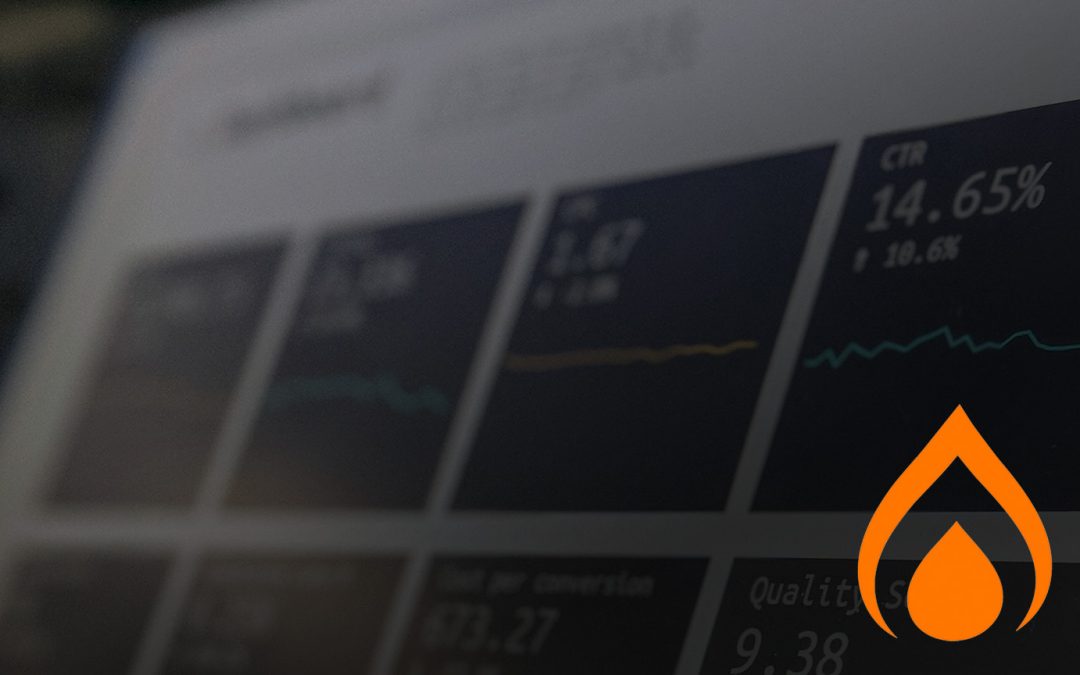We all wish we could see the future. Or at least spot trends before our competitors and capitalize first. Our TrendFire™ product recognizes emerging trends as they happen, providing you with valuable—and actionable—insights. It even predicts trends.
Here are six benefits you can gain by spotting trends early.
1. Increase sales.
Spotting cultural trends early can help you capture new opportunities . Consider Nike, the athletic footwear and clothing company.
Nike keenly attuned to cultural trends, particularly streetwear. Using their grasp of cultural trends, Nike has created a range of industry-leading products such as Air Jordans and Air Max shoes. Their products resonate with target audiences, leading to increased sales and brand loyalty (more on that later).
2. Improve marketing.
Effective marketing campaigns are built on a deep understanding of the audience, and providing relevant messaging. Trends shape and influence your audience, and knowing in time can spell the difference between a big year and a bad year.
In the early 2010s, sales of Coke declined to millennial consumers because a) they felt the brand was “old” and outdated, and b) they wanted healthier drink choices. In 2013 Coke responded with a new marketing campaign: “Share a Coke.” It encouraged consumers to purchase Coke products with their personalized names on bottles, and it reversed the declining sales to re-establish Coke as one of the most popular and sought-after soft drinks in the world.
3. Drive greater innovation.
Staying attuned to cultural trends reveal unmet consumer desires and opportunities for new product innovation.
Apple has a long history of staying ahead of cultural trends and using those insights to create innovative products that people love. In 2001, Apple introduced the first iPod. At the time, sales of portable music players were mostly for cassette tapes. But the iPod put a thousand songs in your pocket. Apple recognized an emerging cultural trend—made possible by a surge in demand for digital music–of the consumer desire to find a more convenient way to enjoy more music.
4. Elevate customer engagement.
When you spot and understand cultural trends, you can create more meaningful connections with customers to build stronger relationships.
In the early 2000s, Starbucks recognized a trend among customers toward a more personalized and customized experience. So they expanded the choice of syrups, milks and flavors. Now, anyone can go in any Starbucks and order a grande (or tall) iced (or hot) macchiato with whole (or almond) milk. The result was improved customer engagement and strong relationships by allowing customers to feel in control.
5. Create greater brand loyalty.
To build and sustain trust and brand loyalty, you’ll need to recognize and react to trends as they relate to what your consumers want.
Patagonia has built a strong and loyal customer base by responding to cultural trends about social responsibility and sustainability before their competitors. In 2011, Patagonia ran a full-page ad in The New York Times with the headline “Don’t buy this jacket.” The ad encouraged customers to think twice before buying a new Patagonia jacket and to consider the environmental impact of their purchases. Ironically, sales of Patagonia jackets increased by 30% after the ad. But the impact of “Don’t buy this jacket” was much greater: it forged an emotional bond over sustainable thinking which positioned Patagonia as a leader with its audience.
6. Gain a competitive advantage.
By understanding–and responding quickly to–emerging trends, you can gain an advantage over your competitors. To establish yourself as an industry leader and win new customers.
In 2010, Uber saw a trend toward cheaper on-demand cab services, as well as an increase in consumers using mobile apps. A year later, Uber introduced a mobile app that connected riders to drivers with the tap of a button. No other company was doing this (Lyft launched in 2012), and it gave Uber a big competitive advantage over traditional taxi services.
By identifying trends as they emerge, or even before they happen, you can build your business by capitalizing faster and reducing risk. Our latest social intelligence platform Trendfire™ presents insights and predicts outcomes. Now you can make better decisions.
Want to learn more?
